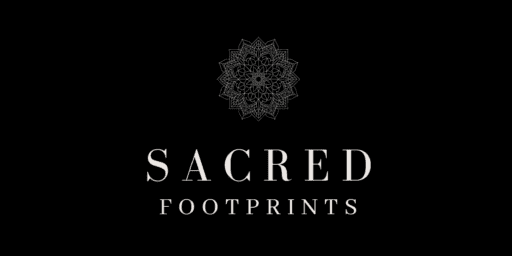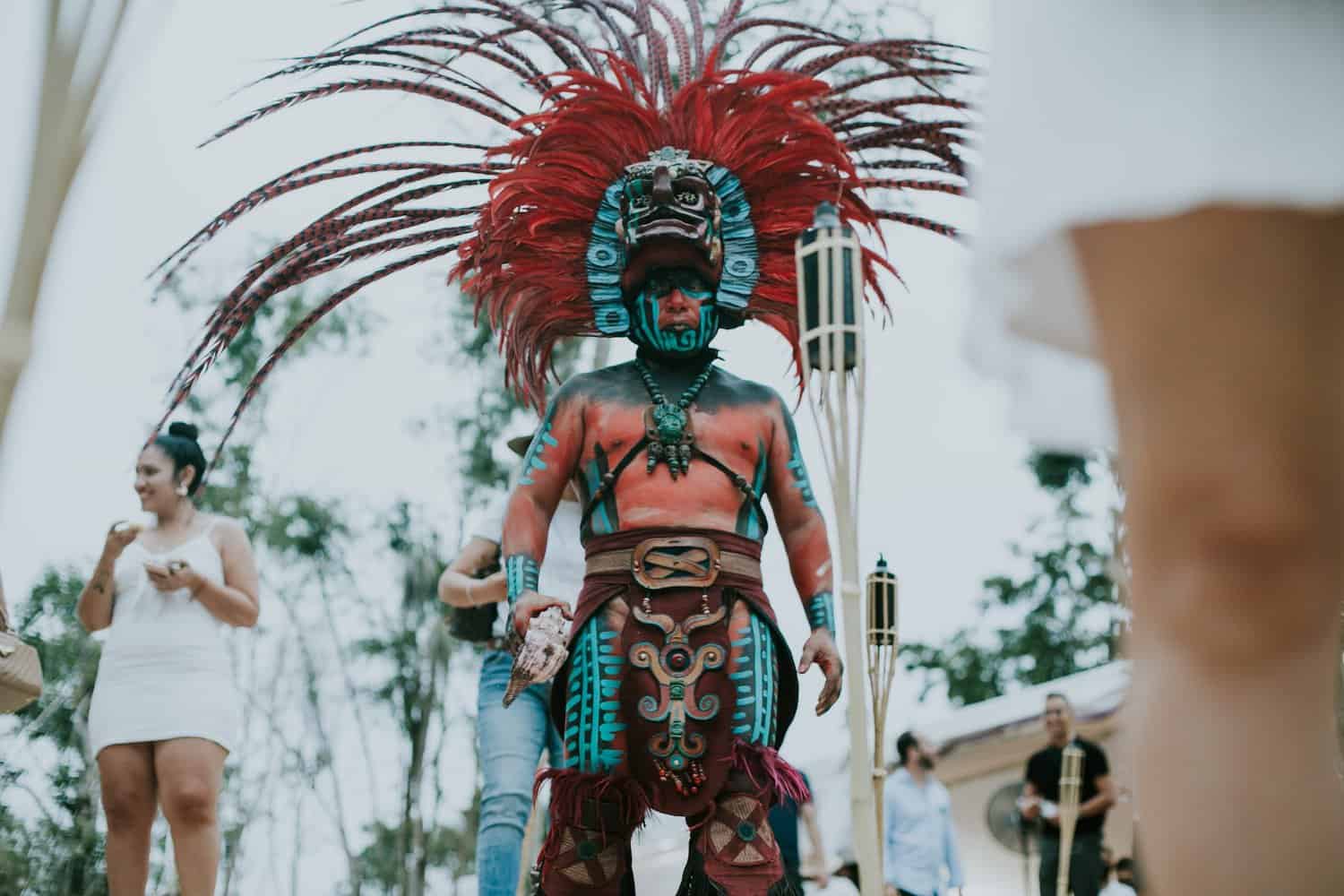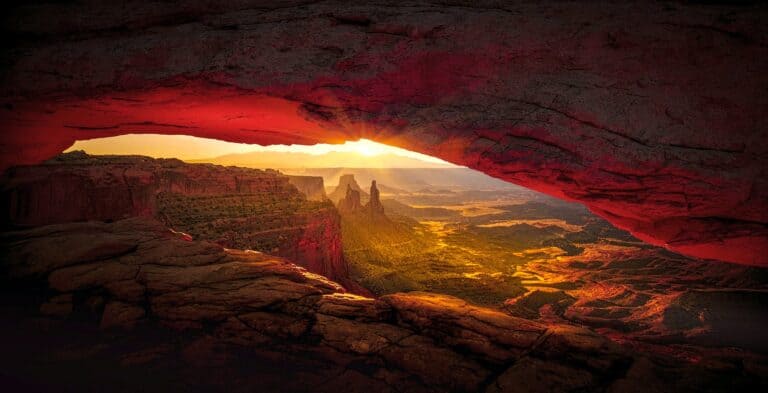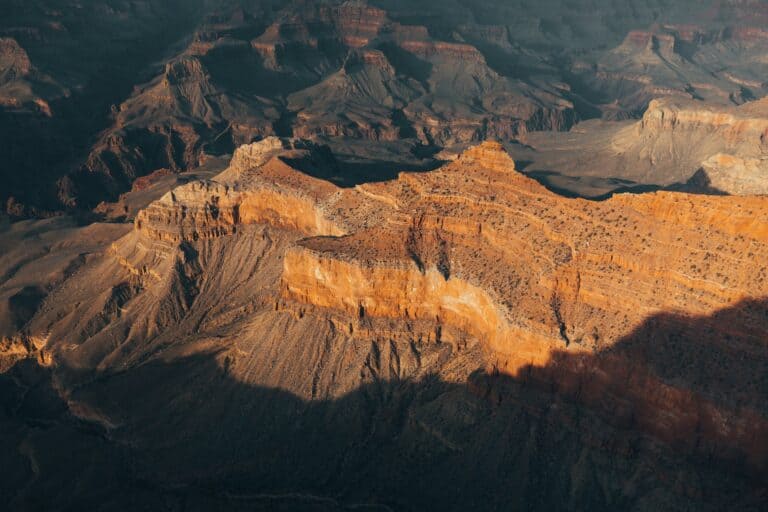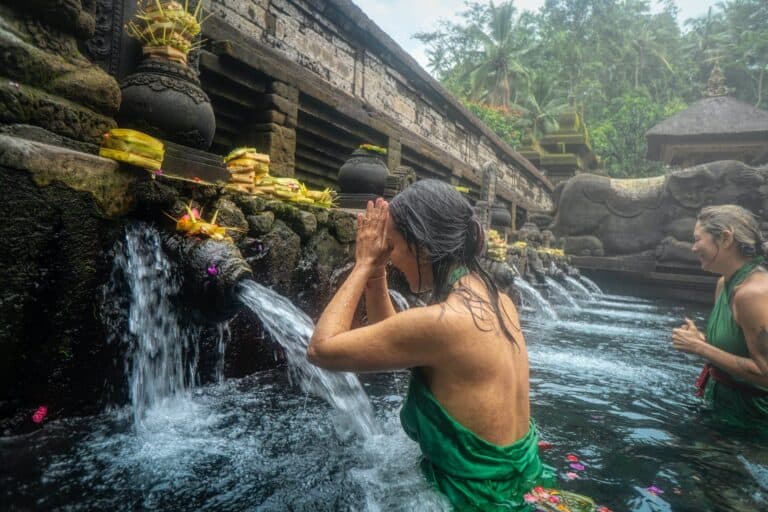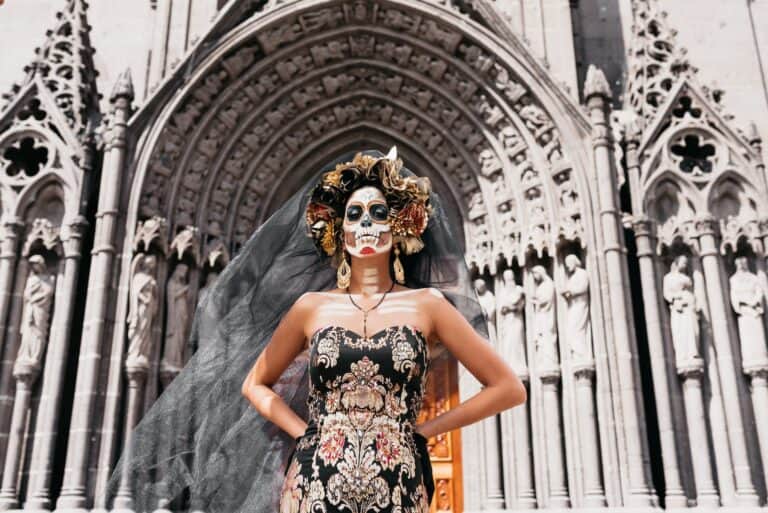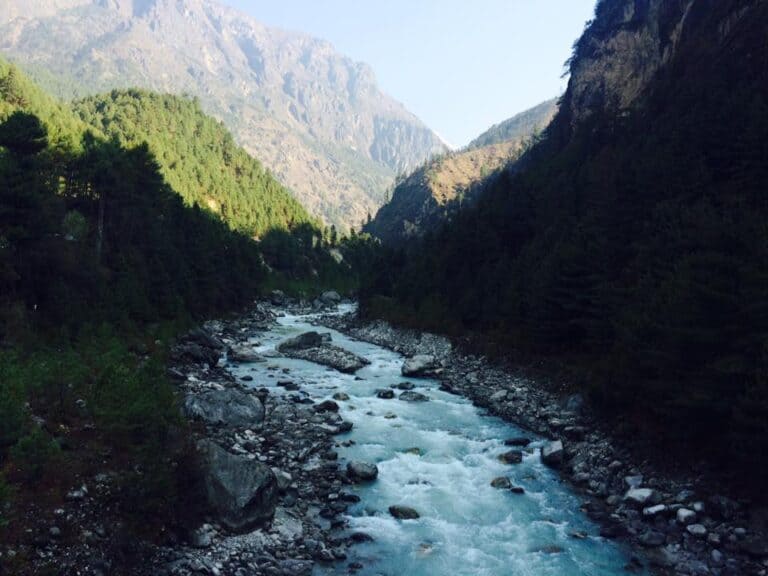22 Ancient Mayan Ceremonies: Wisdom and Inspiration For Everyday Life
The ancient Mayan civilization, nestled in the heart of Mesoamerica, left an indelible mark on history with its advanced knowledge of astronomy, mathematics, and intricate city-states. Beyond their architectural marvels and scientific achievements, the Mayans were deeply spiritual people who engaged in many ceremonies to connect with the divine, honour their ancestors, and maintain harmony with the cosmos.
We can learn a lot from the tribal nature of the Mayans and how connected they are with the cosmos, the earth and one another. If more people paid attention to and worshipped nature as they do, the world would be a lot more peaceful and harmonious.
In this blog, we embark on a journey to explore the enigmatic world of Mayan ceremonies, delving into their rich traditions, symbolism, and the profound spiritual significance that permeated every facet of their lives. As we dive into the Mayans’ traditions, note how you can weave some of this ethereal knowledge and sacred practices into your daily life.
Table of Contents
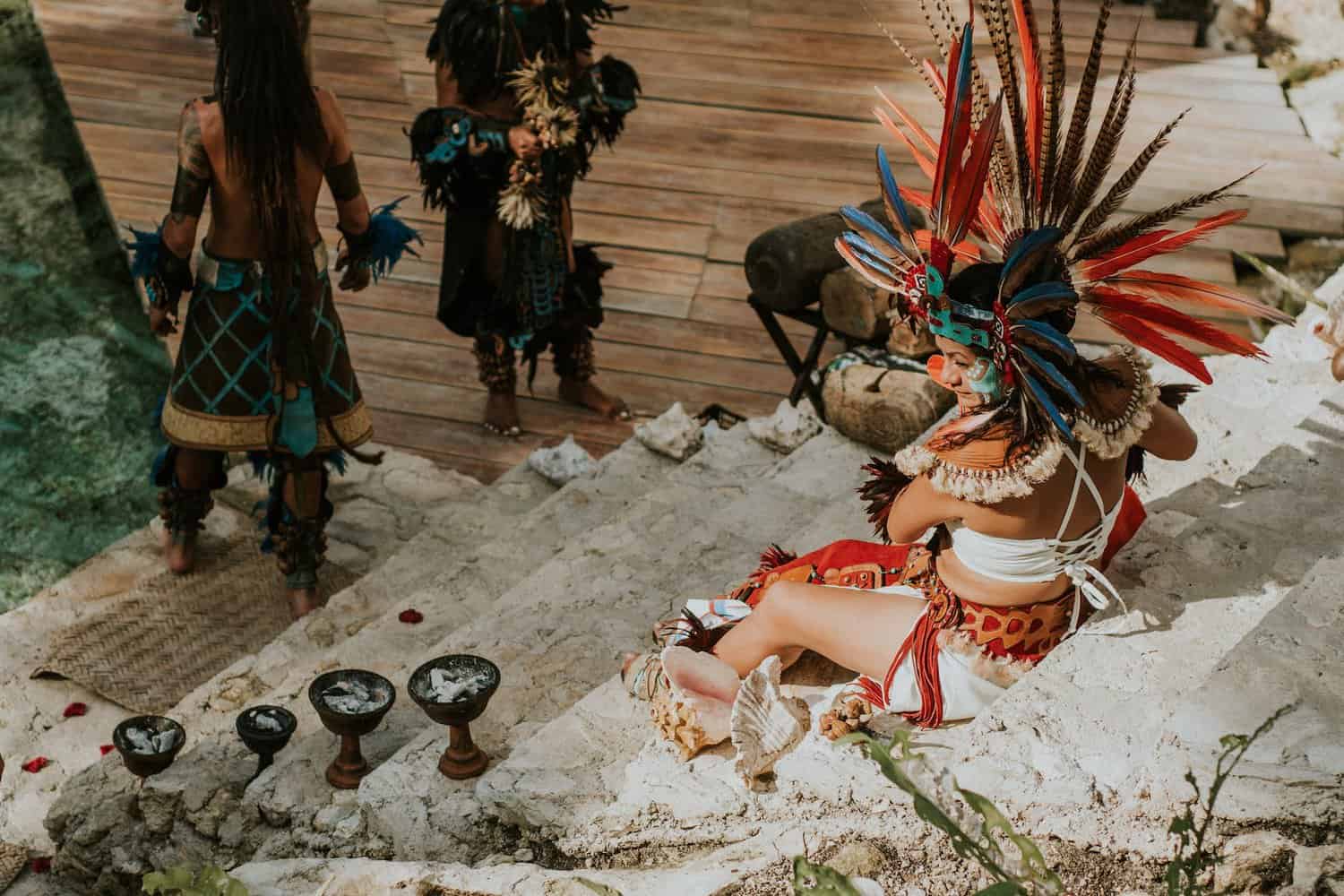
Most Significant Mayan Ceremonies:
The Maya civilization had a rich tapestry of ceremonies that spanned various aspects of life and spirituality. While it’s challenging to provide an exhaustive list due to regional variations and evolving cultural practices, here are some significant Mayan ceremonies:
- Ch’iyaj (New Fire Ceremony): Held every 52 years, this ceremony marks the end of a cycle and the beginning of a new one. Sacred fires were extinguished, and a new fire was kindled, symbolizing the renewal of time.
- Ch’ajoomte’ (Naming Ceremony): A ceremony held shortly after a child’s birth to give them their personal name. The child’s navel cord, called the ch’ulel, was often buried in a particular location.
- Ch’upik (First Haircut Ceremony): Celebrated when a child reaches a certain age, signifying their transition from infancy to childhood. The child’s hair was cut, and the ceremonial event marked their growing independence.
- Ix K’ab’ Tzi’ (First Menstruation Ceremony): A rite of passage for young girls entering womanhood. The ceremony acknowledged their fertility and marked their readiness for marriage.
- Tz’unun (Bird Ceremony): A ceremony associated with divination, often performed by priests or shamans. It involved interpreting the calls and behaviours of birds to predict future events.
- Pok Ta Pok (Mesoamerican Ballgame): While not a ceremony in the traditional sense, this ritualistic ballgame had significant religious and cosmological implications. It was played in ball courts and often accompanied by ceremonies.
- Wayeb’ (The Wayeb’ Period): Five days at the end of the Mayan calendar year are considered unlucky. Special ceremonies were conducted to ward off evil and ensure a smooth transition to the new year.
- Hanal Pixán (Day of the Dead): A ceremony honouring deceased loved ones. Families created altars with offerings to guide the souls of the departed back to the world of the living.
- Yaxche K’oyopa (Green Tree Ceremony): An agricultural ceremony associated with planting and harvest cycles. The Maya believed that the sacred ceiba tree, known as the World Tree, connected the earthly realm with the underworld and the heavens.
- Waqxaqi’ B’atz’ (Monkey/Celebration of the Monkey): A ceremony linked to the Mayan calendar day B’atz’, celebrating the monkey god associated with arts, creativity, and the calendar.
- K’iichpam K’ojom (Fire Entering): A ceremony performed during times of crisis or to address cosmic imbalance. It involved the kindling of sacred fires to restore harmony.
- K’atun Ending Ceremony: After a 20-year k’atun cycle, rituals were performed to mark the passage of time and seek blessings for the upcoming period.
- Waqxaqui’ Q’ij (Sunrise Ceremony): Mayan priests and shamans often performed rituals at sunrise, acknowledging the sun’s vital role in sustaining life. These ceremonies were crucial for agricultural cycles and spiritual well-being.
- Yum Kaax Ceremony (God of Agriculture): Dedicated to Yum Kaax, the Mayan god of agriculture, this ceremony sought blessings for bountiful harvests. Offerings of crops, such as maize, and prayers were made to ensure agricultural prosperity.
- Ajaw K’atun Ceremony: This ceremony marked a significant calendrical event at the end of a k’atun cycle (20 tun, or 20 years). Rituals were conducted to honour the deities and seek their guidance for the future.
- Tzolk’in Naming Ceremony: The Tzolk’in, a 260-day sacred calendar, played a crucial role in Mayan ceremonies. The naming ceremony associated a person with a specific day sign from the Tzolk’in, influencing their destiny and characteristics.
- Mitnal Ceremony: Mitnal was the Mayan underworld, and ceremonies were held to communicate with ancestors or deities residing in this realm. These rituals aimed to maintain a harmonious relationship between the living and the deceased.
- Sowing Ceremony: Before planting crops, the Mayans performed ceremonies to bless the seeds and seek the favour of agricultural deities. These rituals were crucial for ensuring a successful harvest.
- Kukulkan Equinox Ceremony: Associated with the serpent god Kukulkan, ceremonies were held at the pyramid of Chichen Itzá during the spring and fall equinoxes. The play of light and shadow created an illusion of a descending serpent, symbolizing Kukulkan’s presence.
- Hixcayum Ceremony (Thanksgiving Ritual): After a successful harvest, this ceremony involves expressing gratitude to the gods for the abundance of crops. Offerings of food, dance, and music were part of the festivities.
- Tutu’ Tu’nal Ceremony (First Fruits): Celebrated when the season’s first fruits ripen, this ceremony acknowledges the gods’ role in the agricultural cycle. Offerings of fresh fruits and vegetables were made.
- Pib’ Ceremony (Food Offering): A ritual associated with Hanal Pixán, the Pib’ ceremony involved preparing a special dish called pib’ (similar to tamale) and offering it at the gravesites of deceased relatives.
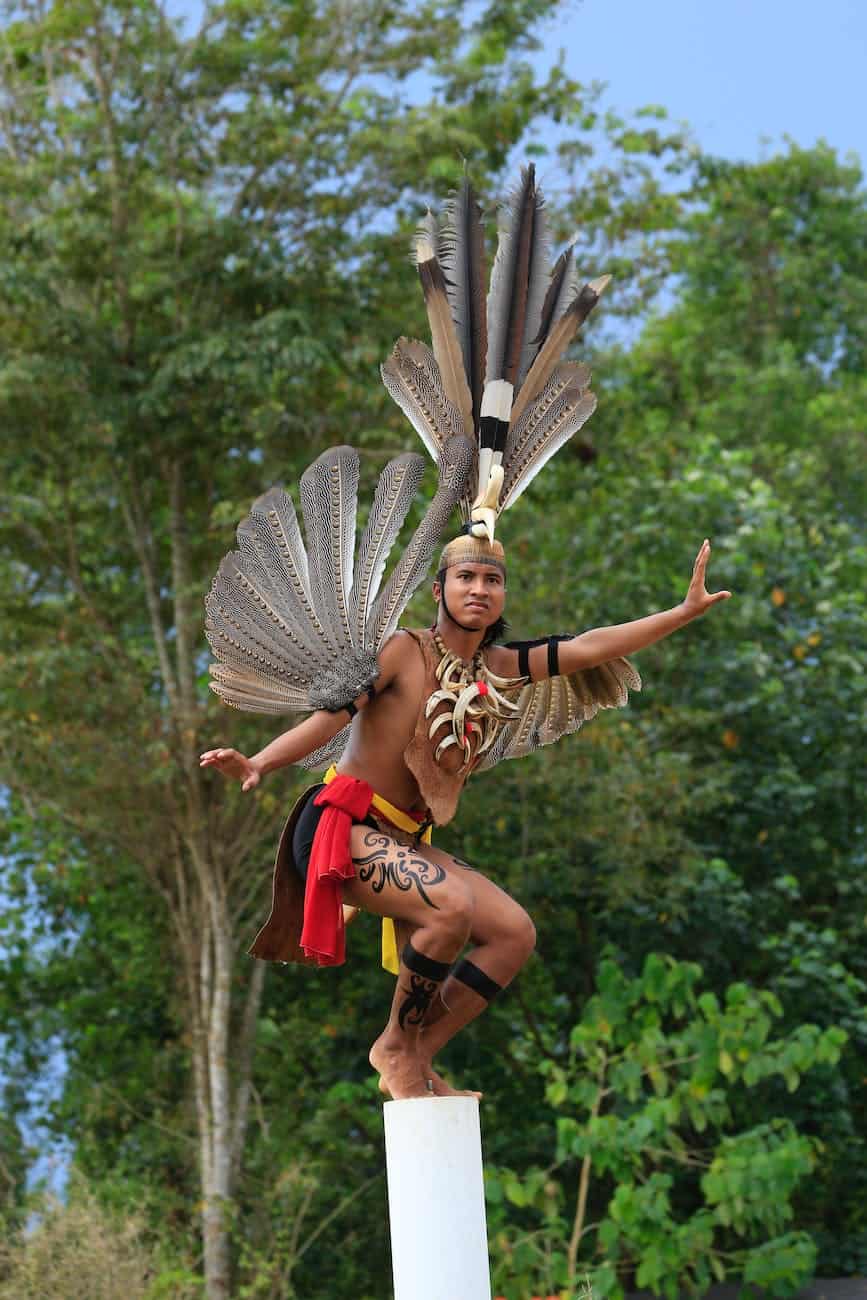
These ceremonies were integral to the Maya’s daily lives, shaping their understanding of the interconnectedness between the physical, spiritual, and cosmic realms. Each ritual carried specific meanings, symbolisms, and cultural nuances, reinforcing the Maya’s deep connection with their environment and the divine.
Diving Deeper Into Mayan Ceremonies
The Sacred Calendar: A Guiding Force
At the core of Mayan ceremonies was the sacred calendar, an intricate system intertwining solar and lunar cycles with the rituals of daily life. The Tzolk’in, a 260-day ceremonial calendar, and the Haab’, a 365-day solar calendar, worked in tandem to schedule religious events, agricultural activities, and societal rituals. These calendars were a spiritual compass, guiding the Mayans to pursue cosmic harmony.
The Rituals of Birth and Passage
Mayan ceremonies were woven into the fabric of life from birth to death. A child’s entrance into the world was celebrated with the Ch’ixiik ceremony, where the infant’s navel cord was buried to symbolize their connection to the earth and their place within the community.
As individuals progressed through life, ceremonies marked crucial milestones, such as puberty, marriage, and childbirth. Each rite of passage carried profound spiritual significance, reinforcing the interconnectedness between the individual, the community, and the divine.
Honouring the Cosmos: Equinoxes and Solstices
The Mayans were meticulous astronomers whose ceremonies were intricately linked to celestial events. Equinoxes and solstices were important, signifying the changing seasons and the balance of light and darkness.
During these astronomical events, ceremonies were conducted at sacred sites like Chichen Itzá and Copán, where the alignment of structures allowed for awe-inspiring displays of light and shadow. These ceremonies were not merely celestial observations but served as a conduit for communing with the gods and ensuring agricultural prosperity.
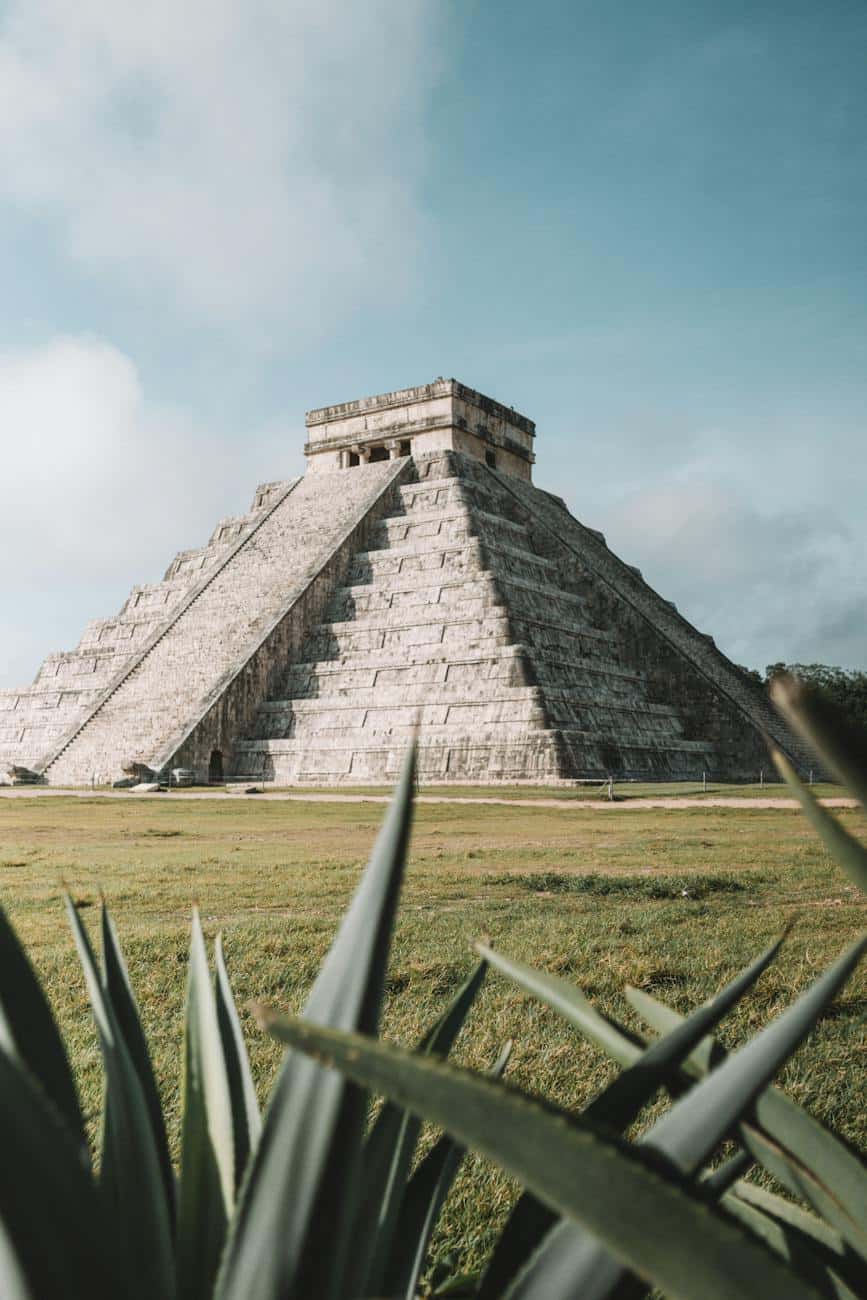
Sacred Spaces: Temples and Ball Courts
Mayan ceremonies were conducted in sacred spaces imbued with spiritual energy. Adorned with intricate carvings and hieroglyphs, Temples were the focal points for religious rituals. The Ball Court, ubiquitous in Mayan cities, hosted the solemn and often ritualistic Mesoamerican ballgame, where the outcome held cosmic implications. The victory was seen as a positive omen, signalling favour from the gods, while defeat could be perceived as a cosmic imbalance necessitating corrective ceremonies.
Communion with Ancestors: Day of the Dead
The Mayans revered their ancestors, believing in an afterlife and a journey to the underworld. The Day of the Dead, or Hanal Pixán, was a poignant ceremony dedicated to honouring departed loved ones. Families prepared elaborate altars adorned with food, candles, and personal items to guide the souls of the deceased back to the realm of the living. It was a time of remembrance, reflection, and celebration, reinforcing the continuity of life beyond the mortal plane.
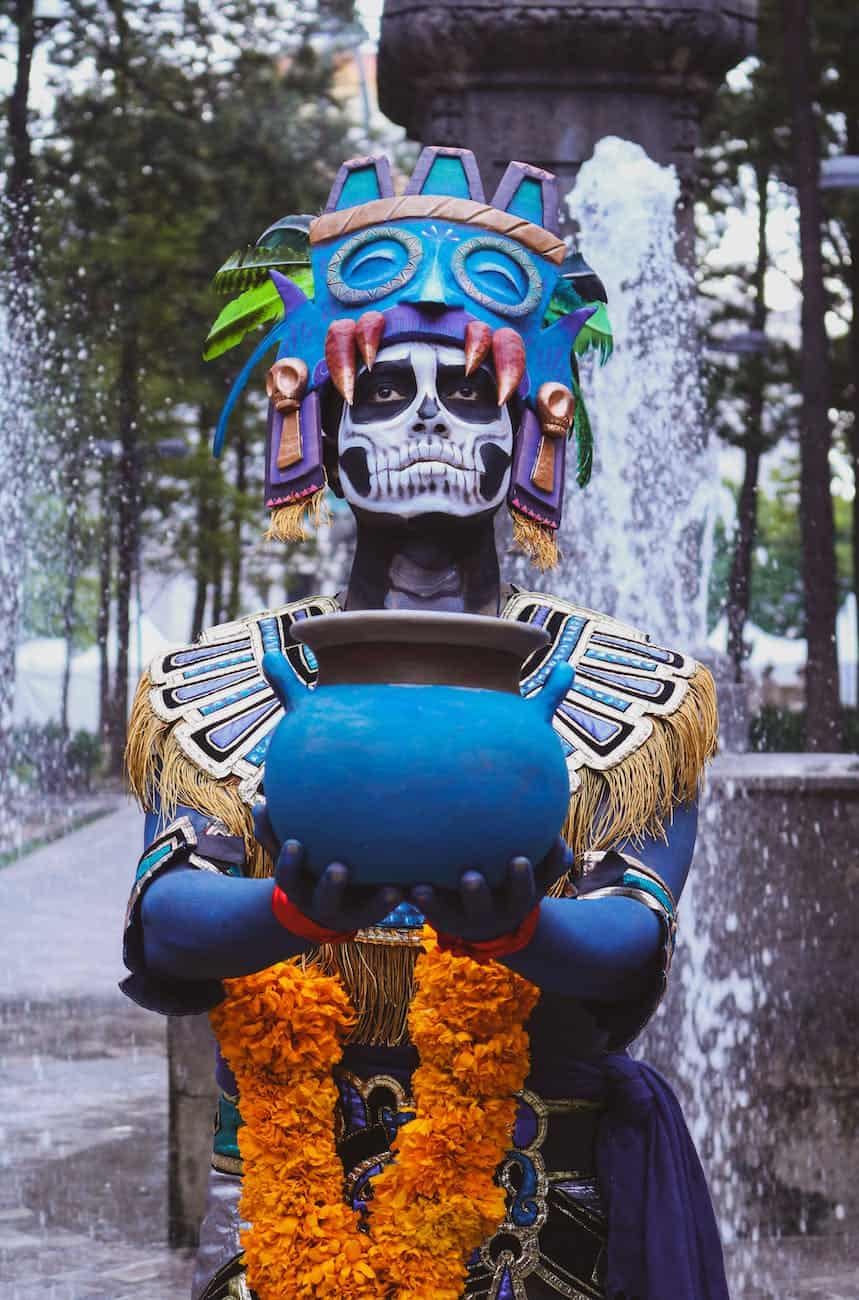
What Can We Learn from Mayan Ceremonies & How Their Practices Could Better Our Life?
Harmony with Nature:
Mayan ceremonies, deeply rooted in nature reverence, offer a timeless lesson in embracing a harmonious relationship with the environment. By incorporating mindfulness in nature, observing natural cycles, and adopting sustainable habits, we align ourselves with the Earth’s rhythms, fostering a profound connection to the natural world.
Cosmic Awareness and Community Connection:
Mayan ceremonies were both celestial and communal, emphasizing the interconnectedness of the cosmos and the importance of shared experiences. In the spirit of these teachings, we can engage in stargazing, learn about celestial events, and actively participate in community activities. By fostering meaningful relationships, celebrating shared milestones, and cultivating a sense of unity, we honor the wisdom that a connected community brings.
Spiritual Reflection and Ceremonial Practices:
Drawing inspiration from the Mayan approach to spirituality, we can infuse our lives with moments of reflection, meditation, or prayer. Creating purposeful rituals for milestones and transitions, reminiscent of Mayan ceremonial practices, adds depth and meaning to our experiences. This intentional approach helps nurture personal and spiritual growth, contributing to a more fulfilled and purpose-driven life.
Ancestral Reverence, Balance, and Mindful Living:
Mayans honored their ancestors and valued spiritual and communal wealth over material possessions. To embody these principles, we can connect with our roots, appreciate cultural history, and simplify our lives by finding a balance between material pursuits and spiritual well-being.
Additionally, by practicing mindfulness and intentionality in our daily activities, savoring moments, and appreciating the simple joys of life, we weave the wisdom of Mayan ceremonies into our modern existence. In doing so, we foster a deeper connection with the present, embracing a holistic, connected, and meaningful way of life in the Western world.
FAQs
Q: What are Mayan rites?
A: Mayan rites encompass various religious and ceremonial practices. These rites include rituals for births, naming ceremonies (Ch’ajoomte’), agricultural rites like the Yum Kaax Ceremony, and spiritual ceremonies tied to the sacred calendar. They were essential for maintaining harmony with the cosmos and honouring ancestral traditions.
Q: What is a Mayan Fire Ceremony?
A: A Mayan fire ceremony involved kindling sacred fires for specific purposes like the Ch’iyaj (New Fire Ceremony) or K’iichpam K’ojom (Fire Entering). The New Fire Ceremony marked the end of a calendar cycle, while Fire Entering addressed cosmic imbalances. These ceremonies symbolized renewal, cosmic harmony, and spiritual connections. Fire often spiritually signifies endings and clearing of the old.
Conclusion of Mayan Ceremony
Mayan ceremonies were not mere observances but threads connecting individuals to their community, the natural world, and the divine. The sacred fires of renewal, the rhythmic beats of the ballgame, and the heartfelt offerings on the Day of the Dead all wove together a narrative of reverence, continuity, and a profound respect for the forces that shaped their existence.
As we reflect on the Mayan ceremonies, we find inspiration in their ability to harmonize the earthly and celestial, the mundane and the spiritual. The ceremonies were not isolated events but part of a grand symphony where every action held significance in the cosmic dance of time and existence.
In exploring the Mayan ceremonies, we glimpse a bygone civilization and a timeless lesson on the importance of connection—with nature, with each other, and with the mysteries that lie beyond our comprehension. The echoes of the ancient rituals resonate across the ages, inviting us to contemplate our place in the universe and the profound beauty found in the rhythms of life and ceremony!
